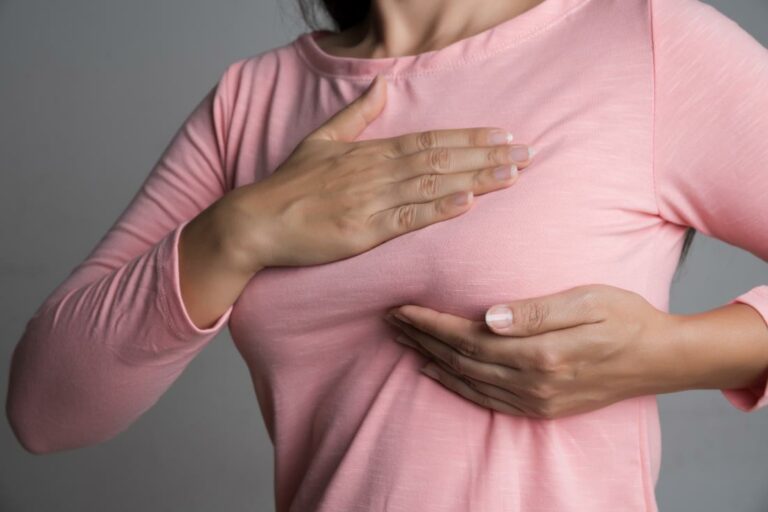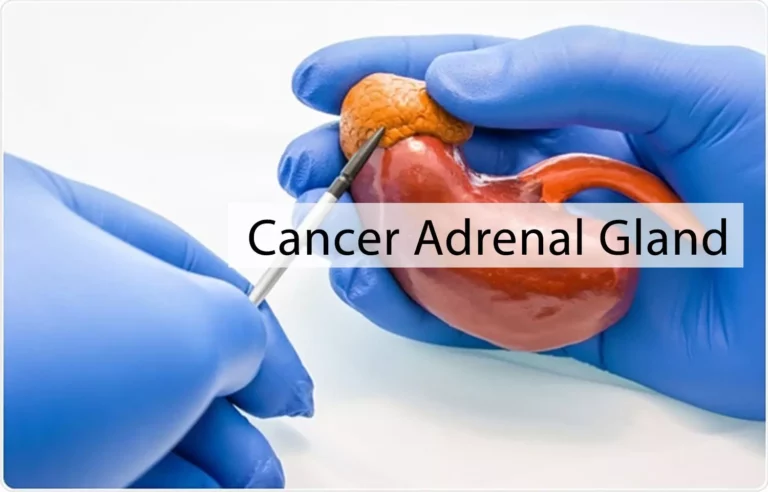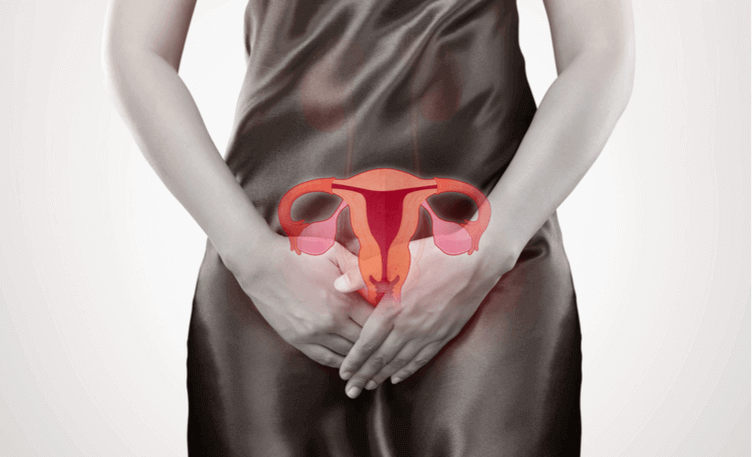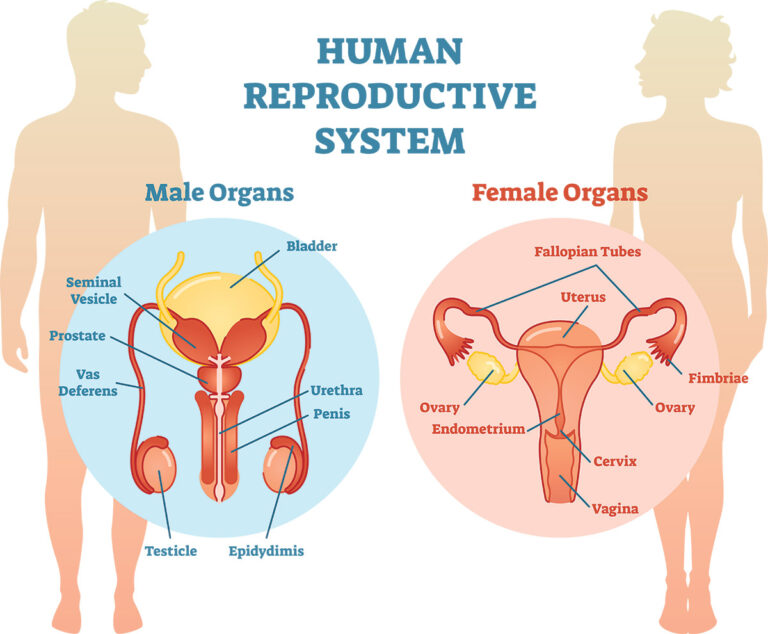Male Breast Cancer: Symptom, And Causes
Author: Giselle Robel
Giselle Robel
Category: Health
Male breast cancer is a rare cancer that forms in the breast tissue of men. Though breast cancer is most commonly thought of as a disease that affects women, breast cancer does occur in men.
Male breast cancer is most common in older men, though it can occur at any age.
Men diagnosed with male breast cancer at an early stage have a good chance for a cure. Treatment typically involves surgery to remove the breast tissue. Other treatments, such as chemotherapy and radiation therapy, may be recommended based on your particular situation.
Even though men don’t have breasts like women's, they have a small amount of breast tissue. The “breasts” of a man are similar to the breasts of a girl before puberty. Girls' tissue grows and develops, but men's doesn’t.
But because they still have breast tissue, men can get breast cancer. Men get the same types of breast cancers that women do, but cancers involving the parts that make and store milk are rare. The risk of a man getting breast cancer in his lifetime is about 1 per 1,000.
Doctors used to think that breast cancer in men was more severe than it was in women, but it now seems that it’s about the same.
The major problem is that breast cancer in men is often diagnosed later than breast cancer in women. This may be because men are less likely to be suspicious of something strange in that area.
Symptoms
Signs and symptoms of male breast cancer can include:
- A painless lump or thickening in your breast tissue
- Changes to the skin covering your breast, such as dimpling, puckering, redness or scaling
- Changes to your nipple, such as redness or scaling, or a nipple that begins to turn inward
- Discharge from your nipple
Causes
It’s not clear what causes male breast cancer.
Doctors know that male breast cancer occurs when some breast cells divide more rapidly than healthy cells do. The accumulating cells form a tumor that may spread (metastasize) to nearby tissue, to the lymph nodes or to other parts of the body.
Where breast cancer begins in men
It’s rare for a man under age 35 to get breast cancer. Your chance of getting breast cancer goes up with age. Most breast cancers in men happen between ages 60 and 70.
Everyone is born with a small amount of breast tissue. Breast tissue consists of milk-producing glands (lobules), ducts that carry milk to the nipples, and fat.
During puberty, women begin developing more breast tissue, and men do not. But because men are born with a small amount of breast tissue, they can develop breast cancer.
Other things that raise the odds for male breast cancer include:
- Breast cancer in a close female relative
- History of radiation exposure of the chest
- Enlarged breasts (gynecomastia) because of drug or hormone treatments, some infections, or poisons
- Taking estrogen
- A rare genetic condition called Klinefelter’s syndrome
- Severe liver disease, called cirrhosis
- Diseases of the testicles such as mumps orchitis, a testicular injury, or an undescended testicle
- Obesity
Types of Breast Cancer diagnosed in men include
- Cancer that begins in the milk ducts (ductal carcinoma). Nearly all male breast cancer is ductal carcinoma.
- Cancer that begins in the milk-producing glands (lobular carcinoma). This type is rare in men because they have a few lobules in their breast tissue.
- Other types of cancer. Other, rarer types of breast cancer that can occur in men include Paget’s disease of the nipple and inflammatory breast cancer.
Diagnosis
The same techniques that are used to diagnose breast cancer in women are used in men: physical exams, mammography, and biopsies (looking at small samples of tissue under a microscope).
Treatment
Treatments for men and women are generally the same. Many men benefit from a combination of treatments, such as:
- Surgery. The typical treatment for men is a mastectomy, in which your entire breast is removed. Breast-conserving surgery in which only the tumor is taken out is sometimes done. Often, the surgeon also takes out one or more lymph nodes to see if the cancer has spread.
- Radiation therapy. You may have treatment with radioactive rays or particles after surgery. It can help kill off any cancer cells that surgery missed. If the cancer is inoperable, radiation may be your main treatment.
- Chemotherapy. With this treatment, you'll be given drugs by mouth or by injection to attack the cancer cells. You may have chemotherapy after surgery to lower the risk of the cancer coming back. For men with advanced cancer or cancer that has spread to other parts of the body, chemotherapy may be the primary treatment.
Additional Treatment
-
Hormone therapy. Some kinds of breast cancer need certain hormones to grow. This therapy blocks the effects of these hormones, stopping the cancer's growth. It often works better in men than in women because about 90% of men's cancers are hormone receptor-positive. The drug tamoxifen is the standard hormone therapy for male breast cancer. Sometimes, removal of the testes reduces the amount of certain male hormones in the system. Men with breast cancer should never take testosterone, because it causes breast cancer cells to grow.
You may have hormone therapy after surgery to lower the risk of the cancer coming back. For men with locally advanced or metastatic cancer, it may be the primary treatment. -
Targeted therapy. Some men have an excess of a protein (HER2) that makes cancer spread quickly. Trastuzumab (Herceptin) is one of the drugs that has been approved to treat breast cancer that has spread to other areas of the body. It stops this protein from making cancer cells grow. It may also boost your immune system, giving it more strength to fight the cancer.
Remember, like anyone who has breast cancer or who has recovered from it, you’ll need to have checkups with your doctor for the rest of your life. Getting regular medical care is key to staying healthy.
Risk factors
Factors that increase the risk of male breast cancer include:
- Older age. The risk of breast cancer increases as you age. Male breast cancer is most often diagnosed in men in their 60s.
- Exposure to estrogen. If you take estrogen-related drugs, such as those used for hormone therapy for prostate cancer, your risk of breast cancer are increased.
- Family history of breast cancer. If you have a close family member with breast cancer, you have a greater chance of developing the disease.
- Klinefelter’s syndrome. This genetic syndrome occurs when boys are born with more than one copy of the X chromosome. Klinefelter’s syndrome causes abnormal development of the testicles. As a result, men with this syndrome produce lower levels of certain male hormones (androgens) and more female hormones (estrogens).
- Liver disease. Certain conditions, such as cirrhosis of the liver, can reduce male hormones and increase female hormones, increasing your risk of breast cancer.
- Obesity. Obesity is associated with higher levels of estrogen in the body, which increases the risk of male breast cancer.
- Testicle disease or surgery. Having inflamed testicles (orchitis) or surgery to remove a testicle (orchiectomy) can increase your risk of male breast cancer.












